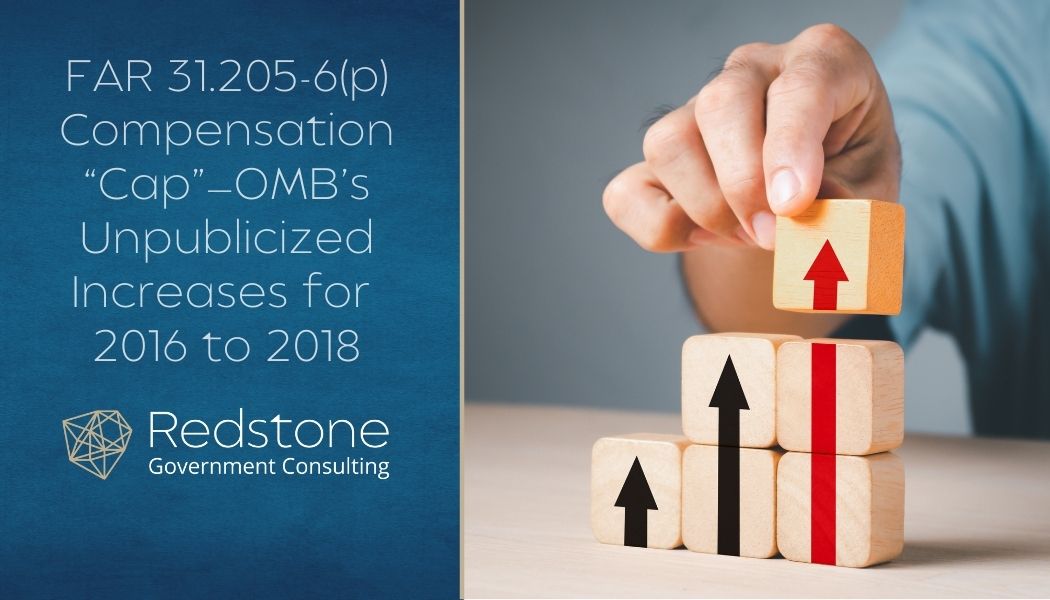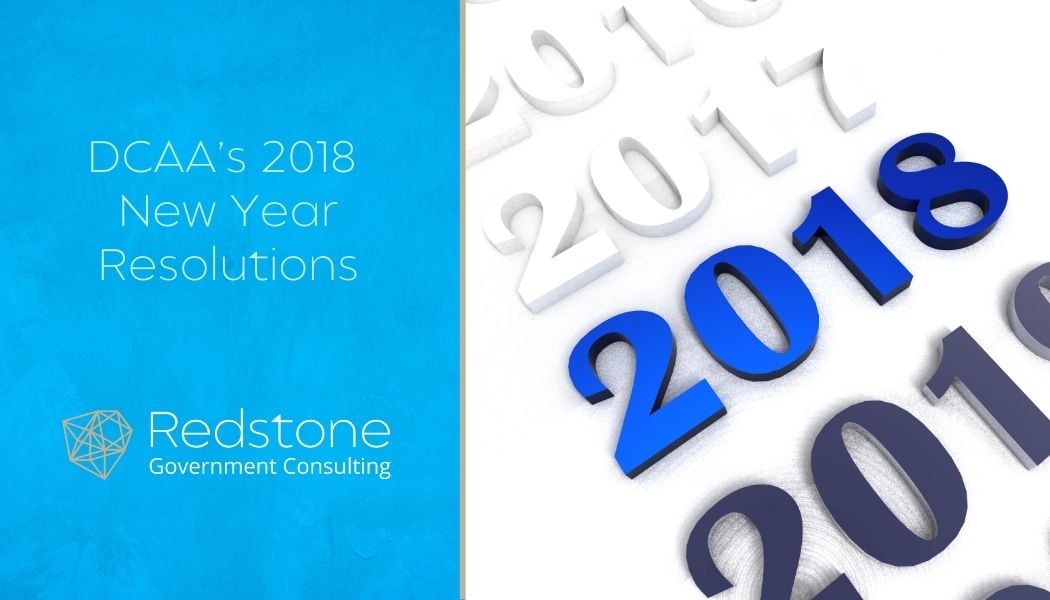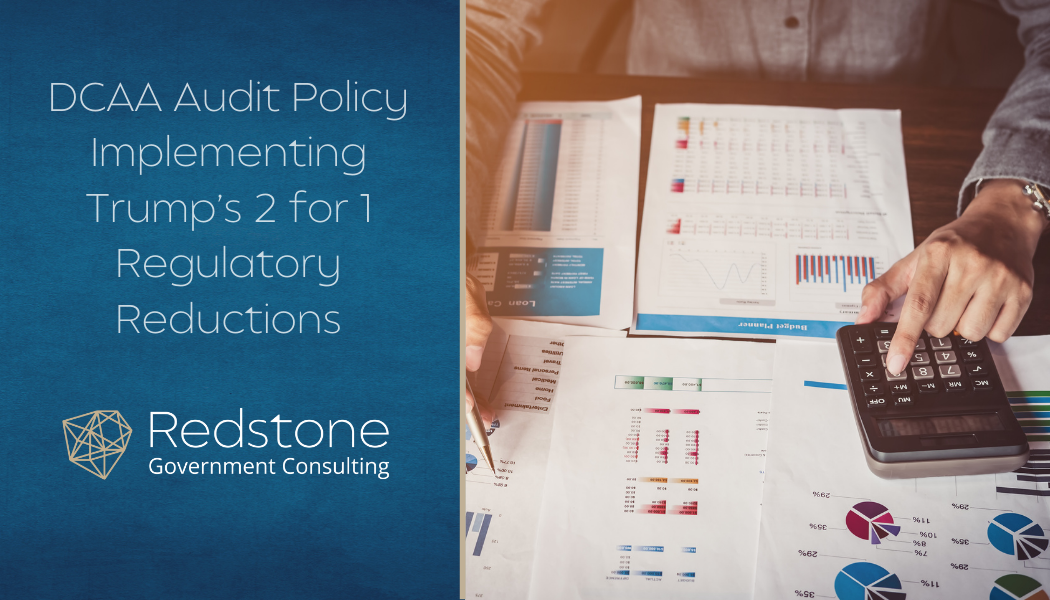As we again approach Halloween and the night of tricks or treats, we’ve been able to identify and report a number of the more popular Halloween costumes (or masks) among government agencies and/or (n one case) an ex-government “CEO”. Some of these trending costumes include:
Michael Steen
 Mike Steen is a Emeritus Advisor with Redstone Government Consulting, Inc. and a specialist in complex compliance issues to include major contractor cost accounting & business system regulations, financial compliance, resolution of DCAA audit issues, Cost Accounting Standards application, litigation support, and claims preparation. Prior to joining Redstone Government Consulting, Mike served in a number of capacities with DCAA for over thirty years, and upon his retirement, he was one of the top seven senior executives with DCAA. Mike Served as a Regional Director for two DCAA regions, and during that time was responsible for audits of approximately $25B and 800 employees. In October 2001, he was selected for the Senior Executive Service and in 2006 he received the Presidential Rank Award. During Mike’s tenure with DCAA, he was involved in conducting or managing a variety of compliance audits, to include cost proposals, billing systems, Cost Accounting Standards, claims, defective pricing, and then-evolving programs such as restructuring, financial capability and agreed-upon procedures. He directly supported the government litigation team on significant contract disputes and has prepared and presented various lectures and seminars to DCAA staff and business community leaders. Since joining Redstone Government Consulting in June 2007, Mike has developed and presented training and seminars on Government Contracts Compliance to NCMA, Federal Publications Seminars and various clients. Mike also is a prolific contributor of written articles to government contracting publications, as well as to our own Government Insights Newsletter. Mike also serves as the director of our training service offerings, with responsibilities for preparing and developing course content as well as instructing our seminars to clients and general audiences throughout the U.S. Mike also serves as a faculty instructor for the Federal Publications Seminars organization. Education Mike has a BS Degree in Business Administration from Wichita State University. He is also a graduate of the DCAA Director’s Fellowship Program in Management, and has a Masters Degree in Administration from Central Michigan University. Mr. Steen also completed a number of OPM’s management and executive development courses.
Mike Steen is a Emeritus Advisor with Redstone Government Consulting, Inc. and a specialist in complex compliance issues to include major contractor cost accounting & business system regulations, financial compliance, resolution of DCAA audit issues, Cost Accounting Standards application, litigation support, and claims preparation. Prior to joining Redstone Government Consulting, Mike served in a number of capacities with DCAA for over thirty years, and upon his retirement, he was one of the top seven senior executives with DCAA. Mike Served as a Regional Director for two DCAA regions, and during that time was responsible for audits of approximately $25B and 800 employees. In October 2001, he was selected for the Senior Executive Service and in 2006 he received the Presidential Rank Award. During Mike’s tenure with DCAA, he was involved in conducting or managing a variety of compliance audits, to include cost proposals, billing systems, Cost Accounting Standards, claims, defective pricing, and then-evolving programs such as restructuring, financial capability and agreed-upon procedures. He directly supported the government litigation team on significant contract disputes and has prepared and presented various lectures and seminars to DCAA staff and business community leaders. Since joining Redstone Government Consulting in June 2007, Mike has developed and presented training and seminars on Government Contracts Compliance to NCMA, Federal Publications Seminars and various clients. Mike also is a prolific contributor of written articles to government contracting publications, as well as to our own Government Insights Newsletter. Mike also serves as the director of our training service offerings, with responsibilities for preparing and developing course content as well as instructing our seminars to clients and general audiences throughout the U.S. Mike also serves as a faculty instructor for the Federal Publications Seminars organization. Education Mike has a BS Degree in Business Administration from Wichita State University. He is also a graduate of the DCAA Director’s Fellowship Program in Management, and has a Masters Degree in Administration from Central Michigan University. Mr. Steen also completed a number of OPM’s management and executive development courses.Recent Posts
Topics: Redstone GCI
In late 2013, the BBA (Bipartisan Budget Act) significantly changed the FAR 31.205-6(p) regulatory cap for allowable contractor employee compensation. In a highly politicized action, the Obama Administration convinced Congress to reduce allowable compensation to $487,000 for any contractor employee effective for contracts on or after June 24, 2014. Additionally, Section 702 of the BBA prescribed the method for annual increases to the statutory cap (based upon the change in the Employment Cost Index for all workers as calculated by the BLS (Bureau of Labor Statistics).
Topics: Employee & Contractor Compensation, Contracts & Subcontracts Administration
As we near the end of calendar year 2017, many will be thinking of some resolutions for the upcoming “Year of the Dog” (the 2018 animal per the Chinese Calendar). In fact, we’ve discovered that Government agencies sometimes consider similar resolutions, and in the case of DCAA (Defense Contract Audit Agency), we’ve accidentally been copied on one of the unofficial versions of its 2018 New Year’s resolutions (which are three months late, given the government fiscal year started October 1, 2017).
Topics: DCAA Audit Support
As we (Redstone Government Consulting, Inc.) began to plan our September 21, 2017 Redstone Edge, we sought out speakers and potential attendees from government agencies, including those from DCAA (Defense Contract Audit Agency) and DCMA (Defense Contract Management Agency). In both cases, their potential speakers had a list of questions which seemed to be unnecessary, but related to OGE (Office of Government Ethics) regulations and interpretations, to identify and otherwise prohibit anything which might be an illegal (or at least unethical) gratuity. Although we might not be a “government contractor”, for those who are, there is another regulation in play; FAR 52.203-3 prohibits government contractors from offering gratuities to government employees.
Topics: Redstone GCI, Compliant Accounting Infrastructure, Proposal Cost Volume Development & Pricing, Small Business Compliance, Contracts & Subcontracts Administration, DCAA Audit Support
Virtually all government contractors and anyone else hoping for regulatory relief from the new administration is aware of the Executive Order (EO) requiring a 2 for 1 reduction in agency regulations for each new regulation. In an effort to show that DCAA is politically savvy and much more positive and proactive than most agencies (who are less than enthusiastic about this EO), DCAA has begun to vet some “similar to” audit strategies. The following are some of the highlights of a DCAA Press Conference to announce a broad range of “2 for 1 reductions”.
Topics: Redstone GCI, Contracts & Subcontracts Administration, DCAA Audit Support
To the uninformed, there may be little or no distinction between the three adjectives which could apply to a contractor (or potential contractor) accounting system. To those dealing with the terminology in government solicitations, there may appear to be no significant distinction because the words seem to be used interchangeably. For example, an Air Force solicitation may have a prerequisite for an adequate accounting system, in contrast to Navy solicitation which substitutes the words acceptable accounting system. Then a third alternative could be a solicitation which gives competing bidders points for approved systems; i.e. 500 points for having an approved accounting system. In most cases, the solicitation links the accounting system status (adequate, acceptable or approved) to an action (written opinion or written determination) by a federal government agency or, less frequently, an opinion by an independent third party such as a CPA or consultant. There is a fourth alternative, an accounting system which has never been reviewed by any independent party (government or otherwise). In this case, a contractor (or a potential contractor) may have an accounting system awaiting its first test, so to speak.
Topics: Compliant Accounting Infrastructure, Proposal Cost Volume Development & Pricing, Small Business Compliance, Contracts & Subcontracts Administration
Although Redstone Government Consulting. Inc., makes every attempt to avoid blogs which are overtly political, we’ve taken note of a DHS OIG (Department of Homeland Security Office of Inspector General) “Management Alert” which coincidentally provides some indirect validation to the Executive Order which suspends US refugee intake for 120 days, and places a 90-day moratorium on citizens of seven countries (entering the United States). As we all endure the divisive rhetoric directed at the Executive Order, it may or may not be coincidental that there has been no media mention of the DHS OIG Management Alert, dated January 19, 2017.
In the recently published ASBCA Nos 59508 and 59509, the ASBCA agreed with the contractor and dismissed the government claim (final decision) which had disallowed $116,789,631 (subcontractor costs as components of direct costs claimed by the prime contractor). The premise for the (failed) final decision was DCAA’s assertion that the prime contractor had breached its contractual duty to “manage” the prime contractor’s subcontracts and subcontractors. The reference is FAR 42.202(e)(2) which states that the prime contractor is responsible for managing its subcontracts. In context, that clause makes it clear that the government (Contracting Officer) is only responsible for administering the prime contract. In contrast, and only by implication and a legal theory created by a DCAA auditor, the prime contractor assumes certain FAR Part 42 responsibilities for subcontracts.
Topics: Contracts & Subcontracts Administration, DCAA Audit Support
In 1897, a famous newspaper editorial contained a response to an 8-year old girl who raised the question of the validity of Santa Clause (Is there a Santa Clause). The response and the editorial is considered the most famous newspaper editorial ever published, not only protecting the eight year old, but causing adults to re-think their own beliefs. In the spirit of accepting that there just might be a Santa Clause, we’ve identified some of the most mythological statements extracted from the Federal Register (regulatory reporting burden) or the Office of Management and Budget (OMB) regarding the annual benefits and costs of Federal Rules and paperwork. No one reconciles the OMB summary with the individual estimates in the Federal Register, which is probably a good thing because believing in government assertions of regulatory benefits or regulatory burdens is analogous to believing in Santa Clause. As illustrated herein, “Yes, Virginia, there is a Santa Clause and he lives in the minds of those providing estimates for regulatory burdens and/or benefits”.
Topics: Redstone GCI
On September 30, 2016, DCAA issued the following MRD (Memorandum for Regional Directors): Update – Audit Guidance on the Impact of the National Defense Authorization Act on DCAA’s Audit Support to Non-Defense Agencies. For the record, there isn’t anything captioned “the” National Defense Authorization Act; in this case, it happened to be referring to the 2016 Act, which was presumably “the” Act (to DCAA) because it included Section 893, which prohibits DCAA from providing audit support to non-defense agencies.
Topics: Incurred Cost Proposal Submission (ICP/ICE), DCAA Audit Support










